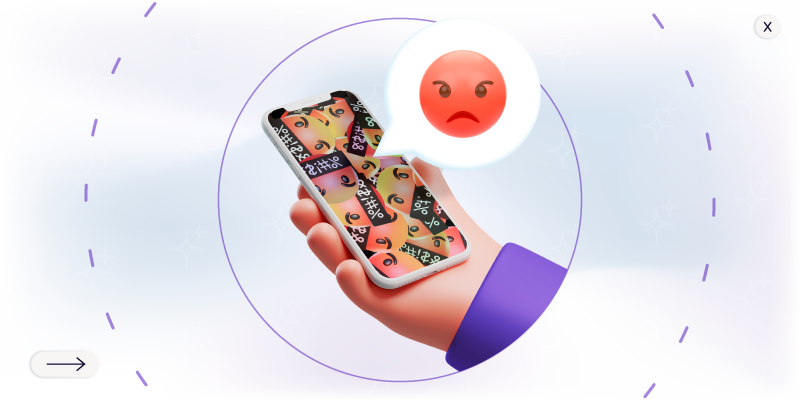Complaints are a constant in the world of sales and companies that offer different services. However, this should not be a problem for you, on the contrary, it should represent an incentive to improve and even to take advantage of the handling complaints through your staff.
A complaint is not always a bad omen, and let's see why.
proper follow-up de the management of complaints It will allow us to provide a satisfactory solution to our clients and even anticipate the problems that others may have.
For this reason, it is important to be able to prioritize the complaints that arrive, understanding that not all of them have:
- the same complexity
- the same urgency
- Same way to solve
Prioritization of complaints
As we already said, complaints do not have the same priority. they are all different depending on the type of problem they present, who they come from and how complex it is to solve them.
But how do you know which ones need to be attended to sooner and which ones can wait a few minutes or even a few more hours?
Although the method is not simple, the initial thing is to be able to catalog the priorities: For urgency. Complaints are listed here in order of appearance in combination with the severity of the problem. That is, there are problems that cannot wait, let's see some examples:
- Customer who can't wait
A user, an insurance company client who is not being properly attended to in the middle of a claim.
- Customer who can wait
A user, client of the same insurance company who has not received his policy in a timely manner in his email.
In this type of prioritization, complaints are formed based on the urgency of resolving them and, above all, the seriousness of not giving them an almost immediate solution.
Arrival order:
This method of prioritizing complaints is widely used by services such as telephone, internet or pay TV.
As such, waiting for the client does not imply a crisis, therefore, a virtual queue is chosen in which the client can even be made known:
- User number in the virtual queue
- Estimated time to be attended
- Number of agents attending
It is true that it is not usually the best way to prioritize the handling of complaints, but it is also true that it is the most used.

For 33% of consumers globally and 36% in the United States, The most important aspect of a good customer service experience is having your requests resolved after a single contact, no matter how long it takes.
By solution group
In this type of prioritization of complaints, chatbots are generally used. These chatbots are responsible for directing users to a specific group or specialized department of agents who can assist them.
These types of chatbots work as a filter that combines the previous forms of prioritization.
- As a first point, it filters the urgent complaints from those that are not.
- As a second step, he makes a virtual queue within each group of complainers.
Complaint management
The handling and, above all, the management of complaints is essential for the company, since, through this process, it ensures that, even after an error (regardless of the size), a good relationship between the client-company and the first is maintained. You can follow your loyalty process.
The objective of managing complaints is to strengthen the relationship with the customer and guarantee the quality of the product or service.
Within this management, distinguishing what exactly our clients require is essential.
PQR management
This system suggests that each call be classified by type. Precisely forming the acronym PQR:
- Q: Petitions
- Q: Complaints
- A: Claims
The order of attention is suggested to be from bottom to top. Where claims are classified as urgent.
Is it possible to take advantage of a complaint? Of course. Although it is true that it is not the most comfortable situation for the client to contact your company's service area, you should know that it does represent an opportunity to even sell.
The important thing is to follow a well-defined strategy:
- Always receive the client in an empathetic way to open a friendly channel of communication.
- Listen and understand the reason for the contact (PQR and prioritization are determined here).
- Respond patiently, always leaving room for the client to express themselves.
- Apply critical thinking to decide the best alternative
- Be decisive.
Why a complaint ands an opportunity?
A complaint as such is an opportunity for contact, but a resolved complaint means a degree of satisfaction for your client.
Depending on the resolution the user:
- will rate you
- will think of you
- You could start a loyalty process
- Conclusions
Even the best companies are prone to mistakes due to the difficulty of anticipating the wishes and expectations of each individual client, however, this should not be a big problem for them.
If a strategy for prioritizing and handling complaints is proposed and executed, the company will undoubtedly be able to even take advantage of this contact with the client.
It may interest you:



